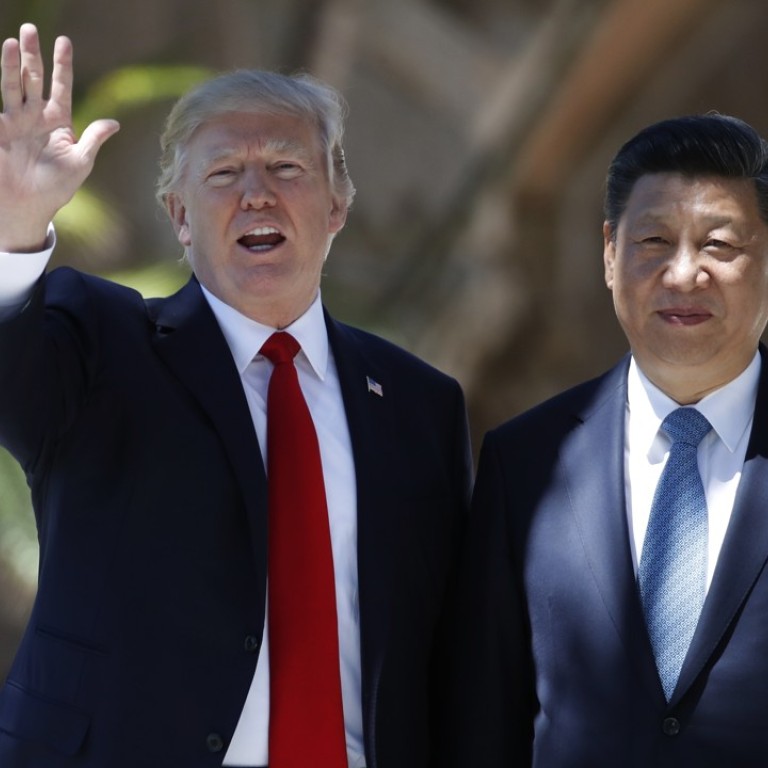
Beijing visit is central to Trump’s Asia tour, but diplomacy dictates Japan, South Korea must come first
US leader will meet Chinese President Xi Jinping during his stay in Beijing from November 8-10, after trips to ‘allied’ nations
US President Donald Trump will begin his five-nation Asia tour next month in Japan followed by a stop in South Korea, the White House said on Tuesday, a clear sign that Washington plans to uphold the diplomatic protocol of prioritising “allied” nations.
However, putting the United States’ main Asian allies Japan and South Korea ahead of China was mostly symbolic, a diplomatic observer said.
“Visiting Japan before China is a kind of an assurance to [the United States’] allies,” Rajeev Ranjan Chaturvedy, a research associate at the Institute of South Asian Studies at the National University of Singapore, said.
“The sequence has symbolic importance. It reflects that Japan is and will remain important to the US.”
Nonetheless, Trump will spend as much time in China – three days – as he will in Japan. His visit to Beijing and meeting with President Xi Jinping signal that Washington attaches equal importance to both nations.
As a precursor to his Asian tour, Trump will visit the USS Arizona Memorial in Pearl Harbour, Hawaii, on November 3.
Two days later, he will fly to Tokyo, where he is expected to meet Prime Minister Shinzo Abe. During the stop, the two leaders will meet relatives of Japanese citizens who have been abducted by North Korea.
On November 7, Trump will spend a day in Seoul, and meet his South Korean counterpart Moon Jae-in, before flying on to Beijing the next day.
Trump will remain in China until November 10, when he will travel to Da Nang, Vietnam to attend the Asia-Pacific Economic Cooperation summit.
The final leg of his trip will be the Philippines, where he will arrive on November 12 for a gala dinner to mark the 50th anniversary of the Association of Southeast Asian Nations. The next day he will attend the US-Asean summit, at which he will meet Philippine President Rodrigo Duterte and other regional leaders.
While in Asia, Trump would “call on the international community to join together in maximising pressure on North Korea”, the White House said.
Washington has repeatedly called for Beijing to put more pressure on North Korea through tougher sanctions, but Beijing has maintained that it will not take action that would endanger the livelihoods of the North Korean people.
On Monday, North Korea’s deputy ambassador to the United Nations warned that the situation on the Korean peninsula had “reached a touch-and-go point” and that “a nuclear war may break out any moment”.
Liu Weidong, a US affairs expert from the Chinese Academy of Social Sciences, said Trump was likely to put more pressure on China to rein in North Korea as Washington thought Beijing “is not doing enough”.
Agendas would also vary from country to country, he said.
“The country that can determine geopolitics must be a big country,” he said. “You can discuss 10 topics with a big country, but only two with a small one. So the amount of time [Trump spends in] each country is different, and his China stay is obviously longer.”

